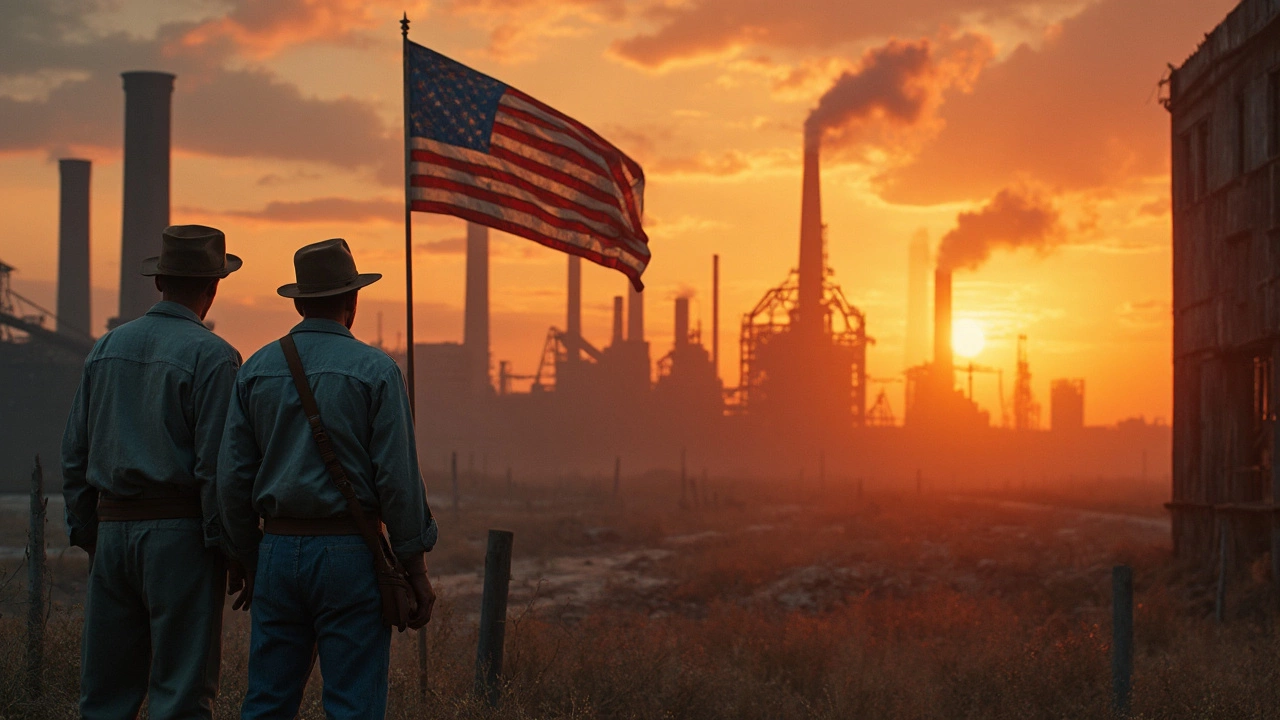Steel Plants: Overview & Opportunities
India’s steel sector is a major driver of economic growth, and steel plants sit at the heart of that engine. Whether you’re an investor, supplier, or a budding engineer, understanding how these facilities work helps you spot real chances for profit and innovation. Below we break down why steel plants matter, what’s new on the factory floor, and how sustainability is reshaping the game.
Why steel plants matter in India
Steel is the backbone of infrastructure – roads, railways, bridges, and housing all need it. That makes every new steel plant a catalyst for jobs, tax revenue, and regional development. Over the past five years, capacity has jumped from around 90 million tonnes to over 120 million tonnes, thanks to government policies like the Production‑Linked Incentive (PLI) scheme. The result? Faster project timelines and more competitive pricing for manufacturers across the country.
Location matters too. Plants near ports or raw‑material hubs cut logistics costs dramatically. For example, plants in Gujarat and Tamil Nadu benefit from easy access to iron ore imports, while those in West Bengal tap local coal reserves. This geographic spread also spreads economic benefits, lifting smaller towns into industrial hubs.
Latest tech and sustainability trends
Modern steel plants are far from the noisy, polluting factories of the past. Automation, AI‑driven process control, and continuous casting have lifted yields by 5‑7 percent while trimming energy use. Companies are adding electric‑arc furnaces (EAF) that melt scrap metal with less carbon than traditional blast furnaces, aligning with India’s net‑zero goals.
Water recycling systems are another hot topic. A typical integrated plant can reuse up to 80 percent of its cooling water, slashing both costs and environmental impact. Likewise, waste‑heat recovery units turn excess furnace heat into electricity, lowering the plant’s grid dependency.
Investors are also watching ESG (environmental, social, governance) scores closely. Steel producers that publish clear emission targets and community initiatives attract better financing terms. In practice, this means newer plants often feature green belts, on‑site solar panels, and transparent reporting dashboards.
For smaller players, contract manufacturing offers a shortcut to advanced tech without the huge capital outlay. By renting capacity at a larger plant, they can produce high‑quality steel while staying lean. This model is gaining traction in the automotive and renewable‑energy sectors, where demand for specialty steel grades is rising.
What should you do next? Start by mapping the capacity gaps in your target region – where’s demand outpacing supply? Then assess whether an investment in a green‑focused plant or a partnership with an existing facility makes more sense for your budget and timeline. Lastly, keep an eye on policy updates; incentives can swing the financial math dramatically within a fiscal year.
In short, steel plants are more than brick‑and‑mortar; they’re hubs of innovation, job creation, and sustainable growth. By staying informed about technology upgrades and government schemes, you can turn today’s steel landscape into tomorrow’s profit engine.

Why Doesn't the US Make Steel Anymore? Real Reasons Behind America's Steel Decline
The US used to be the king of steel, with its factories fueling skyscrapers and cars. So what happened? This article uncovers why American steel plants faded, digging into tough competition, changing tech, and shifting labor costs. You'll get surprising facts about U.S. steel production and tips on what these changes mean for jobs and the economy. The story isn't just about business decisions; it's about how the world changed and America struggled to keep up.
Read More